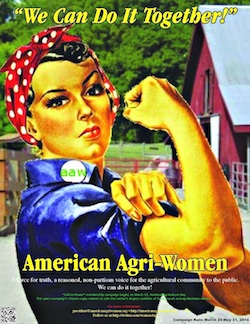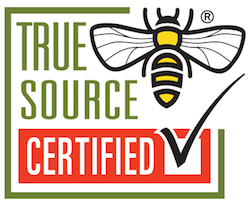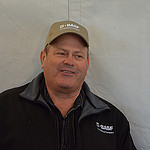 American Agri-Women (AAW) will kick off its membership campaign, “Call to Power,” on National Agriculture Day, March 25. The campaign theme urges women to join the nation’s largest coalition of farm, ranch and agribusiness women, which includes more than 50 state, commodity and agribusiness affiliates.
American Agri-Women (AAW) will kick off its membership campaign, “Call to Power,” on National Agriculture Day, March 25. The campaign theme urges women to join the nation’s largest coalition of farm, ranch and agribusiness women, which includes more than 50 state, commodity and agribusiness affiliates.
“Since 1974, women across the country have banded together to network with each other, educate consumers and policy makers about agriculture and participate in leadership development opportunities. Our combined power has made a difference and we invite others to join us,” says Sue McCrum, AAW president.
The campaign runs through May 31 and includes these benefits:
– Three new members will be selected to receive free second-year memberships.
– The affiliate that signs up the most new members will receive an award to go toward their own advocacy efforts.
Go here to learn more: www.americanagriwomen.org. Members of all segments of agriculture, agri-business and consumers interested in food production are encouraged to join their state or commodity affiliate as well as the national association. Dues for the national association are just $30 and affiliates also have affordable memberships.
The “Call to Power” theme is based on a paper developed by Sr. Thomas More Bertels (1918-2000). Sr. Bertels was a long-time advocate for women in agriculture. Sr. Bertels wrote, “The most important task facing farm entrepreneurs today is capturing a significant degree of influence over the policy-making function as it relates to food, feed, fiber, forest products and flora.”












